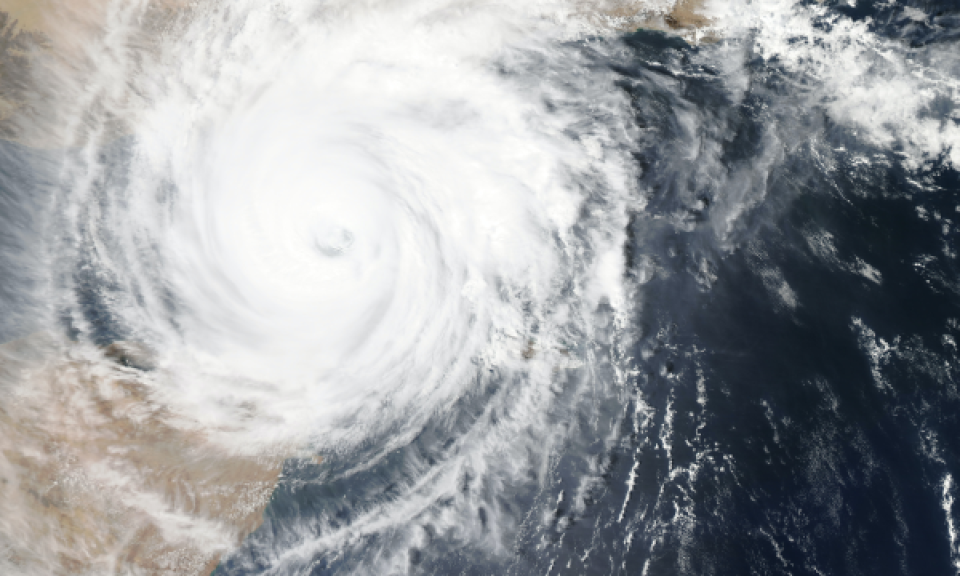
A new briefing note published by the Singapore Green Finance Centre in collaboration with the CCFI discusses how historical linkages between increased temperatures caused by climate change and natural disasters, can be used by lenders to project the intensity and occurrence of such disasters.
According to the Intergovernmental Panel on Climate Change (IPCC) (2001), climate change increases the likelihood of extreme temperatures, exacerbating future climate disasters. If the climate continues to change at its current pace, then intense climate-related disasters could become a permanent characteristic of the future. The location and physical features of disasters vary by geography, inducing variation in the occurrences of extreme temperatures and the severity of disasters across regions. This report aims to use this variation to show various linkages between historical and projected abnormal temperatures, greenhouse gas (GHG) emissions scenarios, and intensities of natural disasters.
While many sectors are exposed to the adverse effects of climate change, banking is of particular concern for policymakers from a financial stability perspective. The abovementioned linkages are of interest for activities in which predicting future events matters, such as lending to borrowers located in regions that are heterogeneous in the likelihood of extreme temperatures because natural disasters increase debt repayment uncertainty and increase borrowers' default probabilities in the affected regions. Because borrowers are geographically constrained due to reasons such as employment and immovable collateral (land or property) they own, such credit reduction may affect borrowers' post-disaster recovery capabilities in affected regions.
Using data at the sub-national level for eight Southeast Asian economies, this report finds that:
- The temperature anomaly has increased from 1981-2020. The size of the temperature anomaly ranges between -1 to +2.5 degrees Celsius, and the range of the temperature anomaly varies by latitude and is higher at higher latitudes.
- The correlation between the disaster intensities and anomalous temperature occurrences is 24.5 percent, suggesting that temperature anomaly has some power in predicting disaster intensities when a disaster strikes.
- Assuming this correlation will strengthen as the average global temperature continues to rise, this report ranks the subnational regions of India and Indonesia on estimates of the temperature anomaly under the RCP8.5 emissions scenario.
- The canonical approach can rank regions at any level (countries and subnational regions (states and territories)) or emissions scenario. This ranking is (loan) market-level information that can complement banks' borrower-level information used in lending decisions.